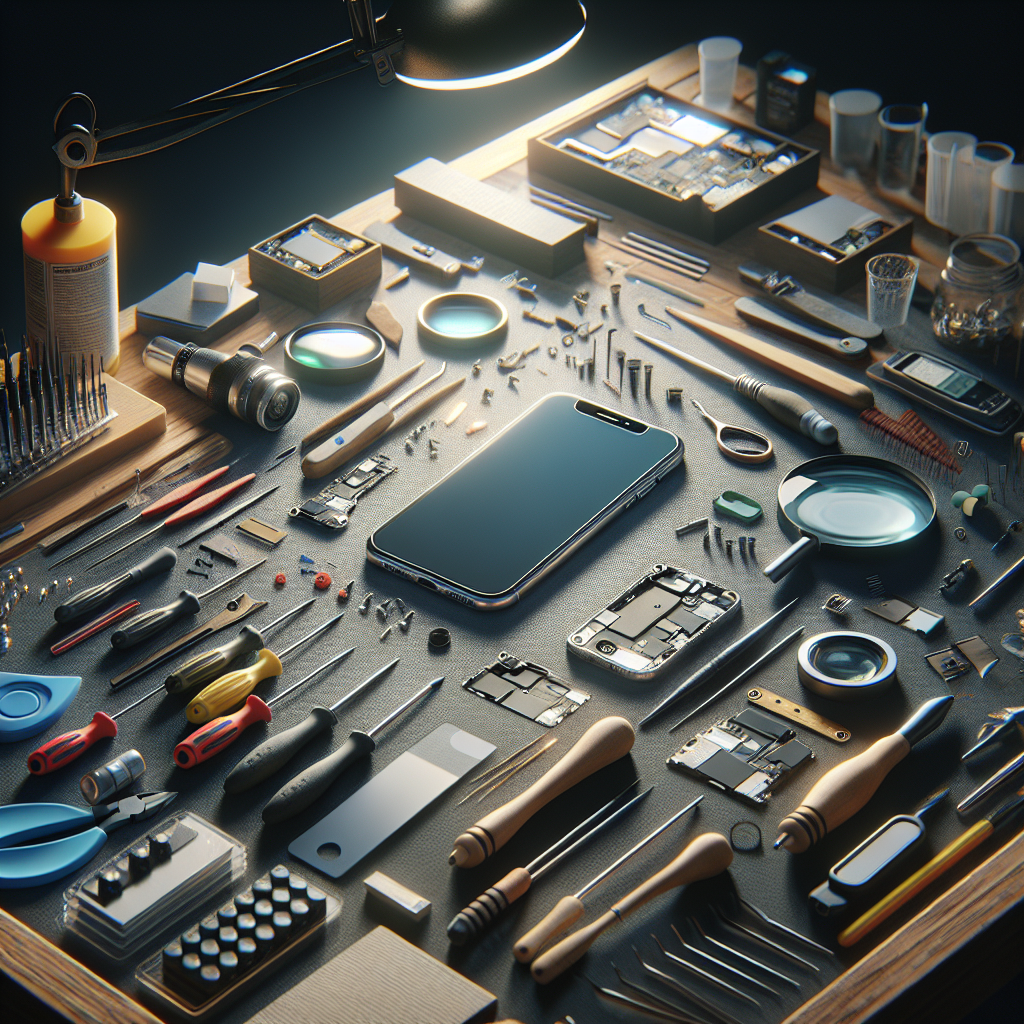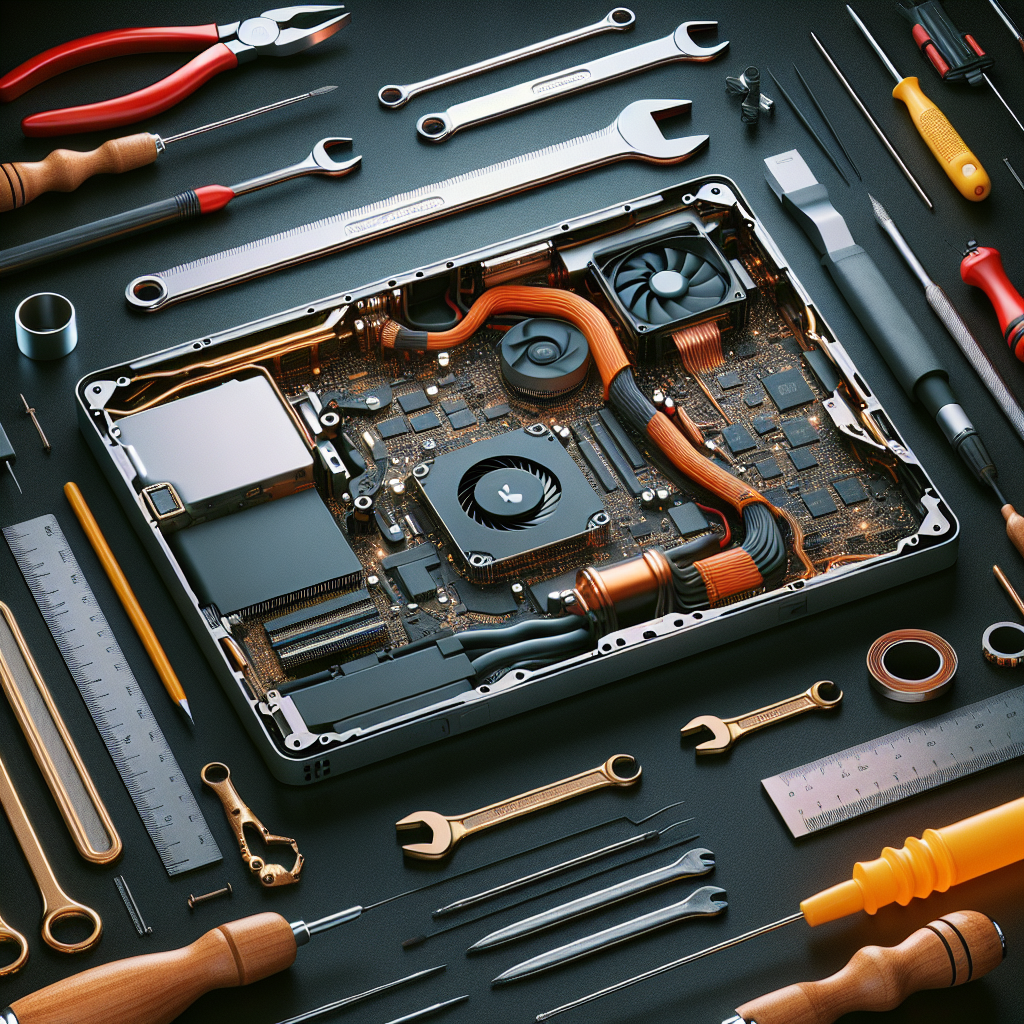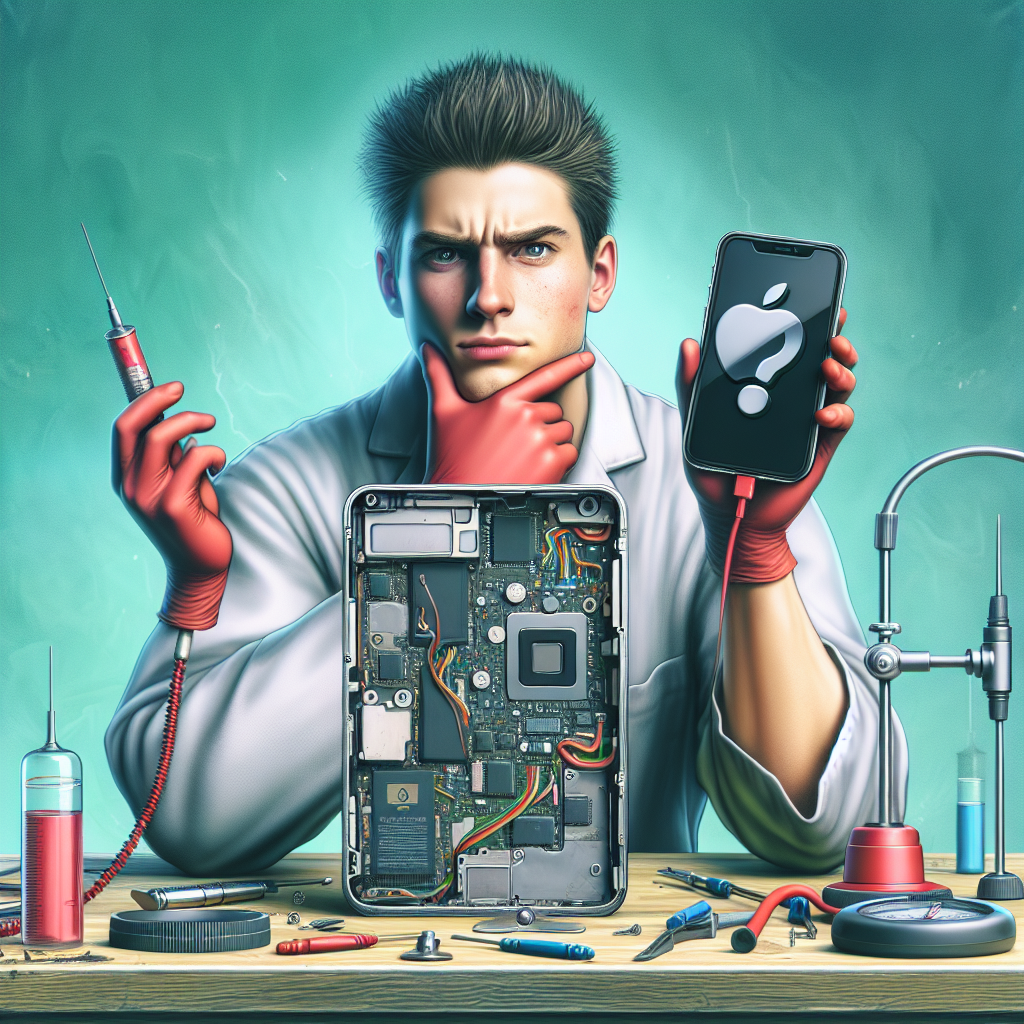Introduction
When your iPhone starts acting up, it can be frustrating. From a cracked screen to battery issues, there are many common problems that can occur. But before you rush to the nearest Apple Store or authorized service provider, did you know that you might be able to fix your iPhone yourself? In this comprehensive guide, we’ll show you how to troubleshoot and repair common iPhone issues, saving you time and money. So, can you fix an iPhone by yourself? Let’s find out!
Table of Contents
- Can you fix an iPhone by yourself?
- Common iPhone issues and how to fix them
- Tools you’ll need for DIY iPhone repair
- Step-by-step guide to fixing a cracked iPhone screen
- How to replace an iPhone battery
- FAQs about fixing an iPhone by yourself
- Conclusion
Common iPhone issues and how to fix them
Before we dive into the nitty-gritty of DIY iPhone repair, let’s first take a look at some common iPhone issues and how you can fix them:
1. Cracked iPhone screen
Accidentally dropped your iPhone and now you’re left with a cracked screen? Don’t worry, you can replace the screen yourself. All you need is a replacement screen kit and some basic tools like a screwdriver and suction cup. Follow a step-by-step guide, and you’ll have a new screen in no time.
For more detailed instructions, check out Phone Repair & More.
2. Battery draining too fast
If you find that your iPhone battery is draining faster than usual, there are a few things you can try before replacing the battery. First, check which apps are consuming the most power and consider deleting or disabling them. You can also try recalibrating the battery or enabling Low Power Mode. If all else fails, replacing the battery might be your best option.
For more tips on extending iPhone battery life, check out this Apple support article.
3. iPhone won’t turn on
If your iPhone won’t turn on, it could be due to a software or hardware issue. First, try performing a hard reset by holding down the power button and the volume down button simultaneously. If that doesn’t work, connect your iPhone to a charger and let it charge for at least 30 minutes. If it still won’t turn on, you might need to visit a professional for further assistance.
For more troubleshooting steps, refer to this Apple support article.
Tools you’ll need for DIY iPhone repair
Before you embark on your DIY iPhone repair journey, it’s important to gather the necessary tools. Here are some essential items you’ll need:
- Screwdriver set
- Suction cup
- Spudger tool
- Tweezers
- Prying tool
- Replacement parts (e.g., screen, battery)
Having these tools on hand will make the repair process much smoother and ensure that you have everything you need to fix your iPhone.
Step-by-step guide to fixing a cracked iPhone screen
One of the most common iPhone issues is a cracked screen. Here’s a step-by-step guide to help you replace the screen yourself:
- Power off your iPhone and remove the SIM card tray.
- Use a screwdriver to remove the screws at the bottom of the iPhone.
- Place a suction cup on the screen and gently pull to create a small gap.
- Insert a prying tool into the gap and carefully separate the screen from the body.
- Disconnect the cables that connect the screen to the iPhone’s motherboard.
- Remove the old screen and replace it with the new one.
- Reconnect the cables and reassemble the iPhone.
- Power on your iPhone and test the new screen.
Remember to follow a detailed guide and take your time during the repair process. If you’re unsure or uncomfortable with DIY repairs, it’s best to seek professional help.
How to replace an iPhone battery
If your iPhone battery is no longer holding a charge, you can replace it yourself. Here’s a general overview of the process:
- Power off your iPhone and remove the screws at the bottom.
- Use a suction cup to lift the screen and open the iPhone.
- Disconnect the battery connector and remove the adhesive holding the battery in place.
- Insert the new battery and secure it with adhesive.
- Reconnect the battery connector and reassemble the iPhone.
Keep in mind that battery replacement may vary depending on your iPhone model. It’s always a good idea to consult a detailed guide or watch a tutorial video before attempting the repair.
FAQs about fixing an iPhone by yourself
Can I fix an iPhone screen without any prior experience?
While it’s possible to replace an iPhone screen without any prior experience, it’s recommended to do thorough research and follow a step-by-step guide. Take your time and proceed with caution to avoid causing further damage to your device.
Is DIY iPhone repair cheaper than going to a professional?
In many cases, DIY iPhone repair can be significantly cheaper than going to a professional. Repair costs at Apple Stores or authorized service providers can be quite high, especially for older iPhone models. By fixing your iPhone yourself, you can save money on labor costs and only pay for the replacement parts.
What if I accidentally damage my iPhone further during the repair process?
If you accidentally damage your iPhone further during the repair process, it’s best to seek professional help. Trying to fix a complicated issue on your own might worsen the problem and lead to more expensive repairs in the long run. It’s important to know your limits and when to ask for assistance.
Conclusion
So, can you fix an iPhone by yourself? Absolutely! With the right tools, knowledge, and patience, you can troubleshoot and repair common iPhone issues at home. Whether it’s a cracked screen or a faulty battery, DIY iPhone repair can save you time and money. However, it’s important to remember that not all issues can be fixed without professional help. If you’re unsure or uncomfortable with DIY repairs, it’s always best to consult a professional technician. Happy repairing!




